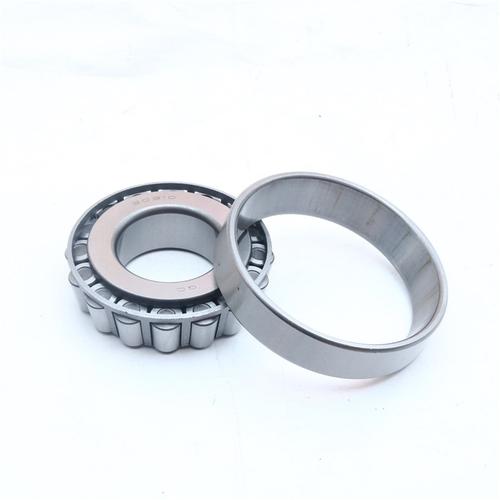32005 Bearing Price Guide: Factors, Trends, and Best Deals in 2023
The 32005 bearing is a crucial component in various industrial applications, known for its durability and performance. Understanding its pricing factors helps businesses make informed purchasing decisions.
Table of Contents
1. 32005 bearing price trends 20232. Factors affecting 32005 bearing cost
3. Best suppliers for 32005 bearings
4. Quality vs price in 32005 bearings
1. 32005 bearing price trends 2023

The 32005 bearing market has shown significant fluctuations in 2023 due to raw material costs and global supply chain adjustments. Current prices range between $15-$45 per unit depending on quantity and supplier. Recent data indicates a 7% increase compared to 2022 prices, primarily driven by rising steel costs. Industrial analysts predict this upward trend may continue through Q4, especially for premium quality bearings. Bulk purchases (100 units) typically offer 10-15% discounts. Seasonal variations also impact pricing, with Q2 traditionally offering better deals as manufacturers clear inventory. Monitoring these trends helps procurement specialists time their purchases optimally.
2. Factors affecting 32005 bearing cost
Multiple elements influence 32005 bearing pricing. Material quality constitutes 60% of the cost variance, with chrome steel being the most expensive option. Manufacturing precision (ABEC ratings) can add 20-30% to base prices. Import duties affect final costs significantly, with bearings from certain regions being 12-18% more expensive due to tariffs. Minimum order quantities play a crucial role - suppliers often offer tiered pricing structures. Shipping costs have become increasingly important post-pandemic, sometimes adding 8-10% to the total cost. Brand reputation accounts for 15-25% premium on identical specifications. Understanding these factors enables buyers to negotiate better deals and identify true value propositions.
3. Best suppliers for 32005 bearings
Identifying reliable 32005 bearing suppliers requires careful evaluation of multiple parameters. Established manufacturers like SKF and NSK maintain consistent quality but command 20-30% price premiums. Emerging Asian suppliers offer competitive pricing (30-40% lower) but require thorough quality verification. Online marketplaces provide price transparency but vary in supplier vetting standards. Specialized industrial distributors often have better technical support and inventory availability. Key considerations include: ISO certification status, lead times (typically 2-8 weeks), payment terms, and after-sales support. Many premium suppliers now offer value-added services like predictive maintenance integration, which can justify higher initial costs through long-term savings.
4. Quality vs price in 32005 bearings
The 32005 bearing market presents clear correlations between quality and pricing. Premium bearings demonstrate 3-5 times longer service life in rigorous testing, justifying their higher initial cost. Key quality indicators include: noise levels (below 45dB), vibration standards (V1-V4 classifications), and lubrication efficiency. Economic bearings often sacrifice these parameters for competitive pricing, potentially leading to 20-30% higher replacement frequency. Third-party testing reports reveal that mid-range bearings (priced 15-20% below premium) often offer the best value for moderate-duty applications. Critical applications should never compromise on quality, as bearing failure can cause equipment damage costing 10-100 times the bearing's value. Proper quality assessment prevents false economies in procurement decisions.
Understanding 32005 bearing prices involves analyzing market trends, cost factors, supplier landscapes, and quality considerations. This comprehensive overview equips industrial buyers with knowledge to navigate the complex bearing marketplace effectively. From identifying seasonal price advantages to evaluating true cost of ownership, informed decisions lead to significant savings and operational reliability. The bearing market continues evolving, making ongoing price monitoring and supplier evaluation essential for procurement professionals.




 13869596835
13869596835